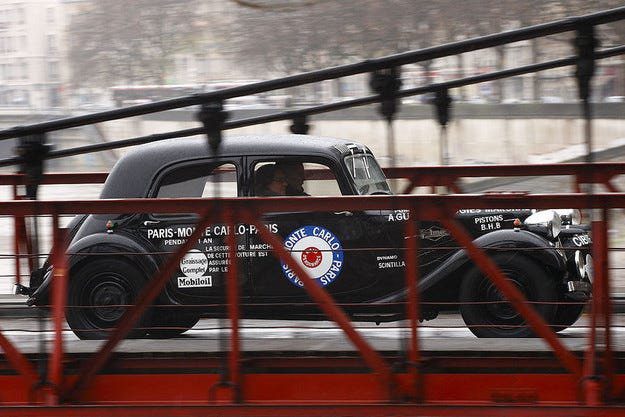
Test drive Honda Civic: Captain Future
Content
Civic Attacks Markets With Outstanding Design, New Turbocharged Engines And Phenomenal Brakes
Over its 45-year history and nine generations, the Honda Civic has undergone various metamorphoses: from a small car, it became a compact, it became a launch vehicle for the introduction of new technologies, but with the first generation, it earned a reputation as a strong, economical and reliable car.
However, the tenth generation is much more. The new Civic is different from all other models that have carried this name so far, and from everything else in this class. It's amazing how the folks at Honda always manage to retain that distinctive look for their models, but the tenth generation Civic pairs character traits with a rather "expressive design language."
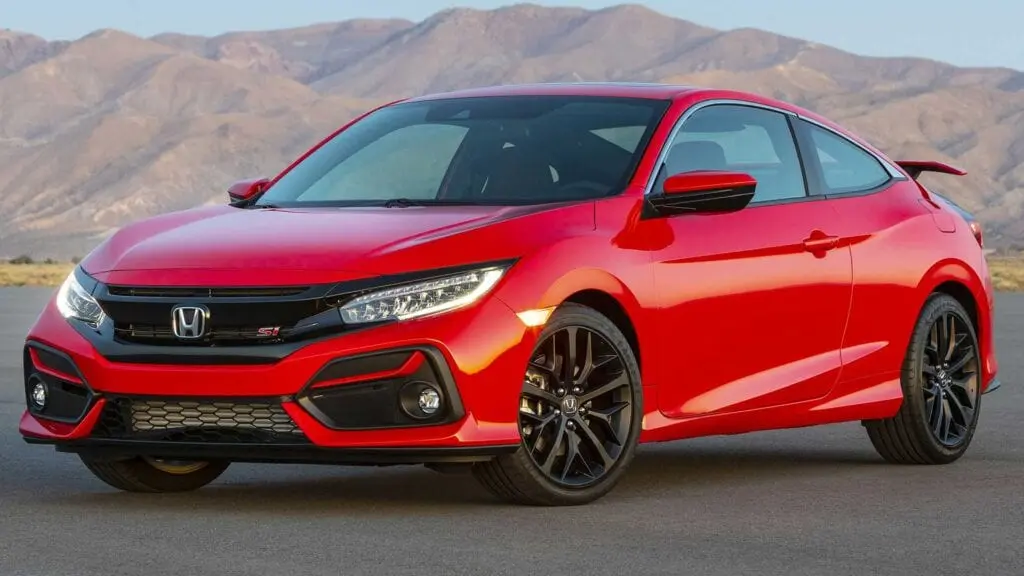
Unlike many of its predecessors, the new Civic has a distinct dynamic. There are no rounded ovoid shapes, no reflections of light. Sharp cut volumes dominate, accentuated by darkened headlights with vertical internal ribs.
They form part of a complete wing-shaped complex featuring a contrasting black color and a vertical, sculpted radiator grille, while large pentagonal shapes underneath give the impression of a sports car physiognomy.
All this sculpture creates a sense of immense scope that continues in the compartment-like side relief, carved taillights and symmetrically transferred lower black shapes at the back. The car's new proportions, with a 2cm lower roofline, 3cm wider track and a wheelbase increased to 2697mm, also contribute to the overall feel.
All new
At the same time, the body, dressed in the sportswear in question, became lighter (the total weight of the Civic decreased by 16 kg), increasing its resistance to twisting by as much as 52 percent. With a length of 4,5 meters (130 mm more than its predecessor), the Civic hatchback version is larger than that of direct competitors such as the Golf and Astra (4258 and 4370 mm).
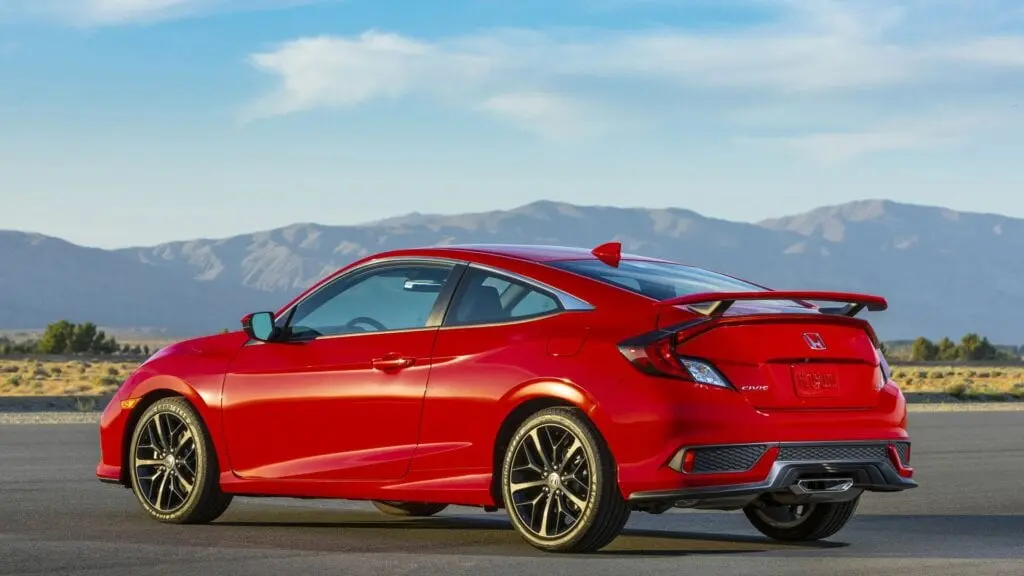
Thus, the model has reached the limit of the compact class, which inevitably affects the space in the interior. This is an impressive achievement on the back of one of the lowest weights in the compact class - in the base version, the Honda 1.0 weighs 1275 kg.
The coupé line is even brighter in the sedan version, which reaches 4648 mm in length, which is almost equal to the length of the Accord. This variant will not be positioned as a more budgetary option (for example, the Hyundai Elantra, which, unlike the i30 hatchback, has a rear axle with a torsion bar). With a luggage capacity of 519 liters, the Civic sedan has a more family orientation, which does not prevent it from being equipped with only a 1,5-liter unit with a capacity of 182 hp.
Full transition to turbo engines
Yes, there is a lot of dynamism and lure in this Honda. Such cars are often damaged in comparative tests because there are no style ratings and beauty is a much more exciting factor in choosing a car than trunk size, although the Civic is one of the best in its class in this respect.
But the style here is not the only significant change. In the history of Formula One, Honda has gone from naturally aspirated to turbocharged engines twice and back once, demonstrating the capabilities of its engine builders.
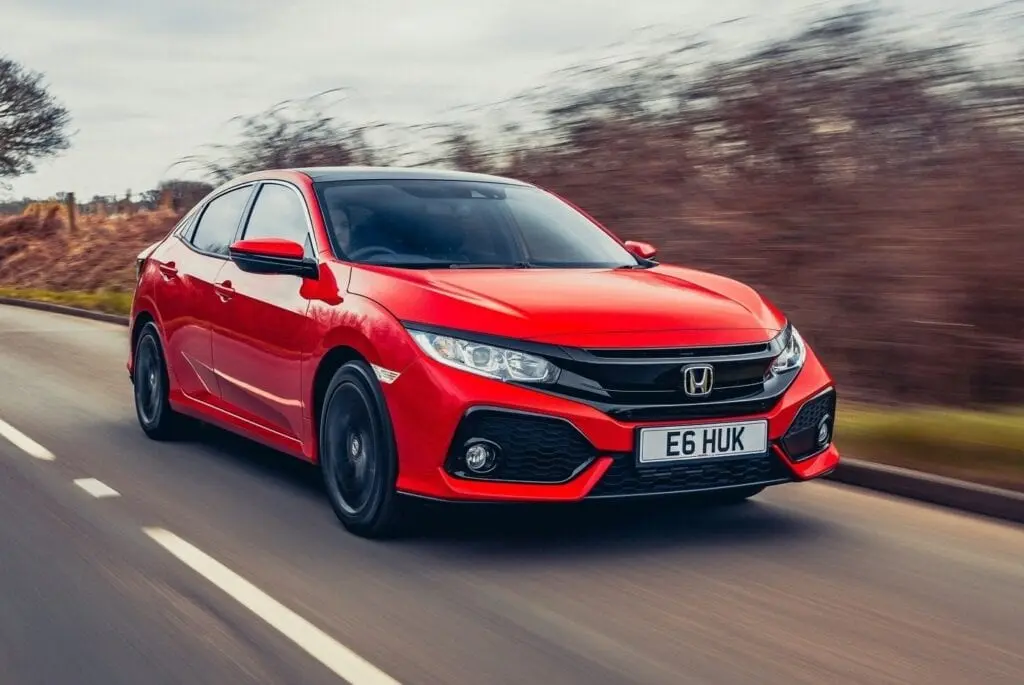
The tenth generation Civic is also revolutionary in this regard - given how dedicated and how good Honda is at building and building high-speed, high-efficiency naturally aspirated engines, we can't help but notice the fact that this generation of Civic will only be powered by turbocharged engines.
Yes, this is the rule of time, but this does not prevent Honda from interpreting modern solutions in its own way. The Japanese company has believed that control of the fuel process is a key factor in the development of new engines since the inception of the CVCC process.
The two three- and four-cylinder gasoline engines use "highly fluid combustion," a term for severe turbulence and increased combustion rates in the cylinders, as well as variable valve control.
The basic three-cylinder engine has a displacement of 1,0 liters, has a small turbocharger with pressures of up to 1,5 bar and is the most powerful in its class (129 hp). Its torque of 200 Nm is reached at 2250 rpm (180 Nm in the CVT version).
The four-cylinder unit with a working volume of 1,5 liters develops a power of 182 hp. at 5500 rpm (6000 rpm in the CVT version) and a torque of 240 Nm in the range of 1900-5000 rpm. (220 Nm in the CVT version in the range of 1700-5500 rpm).
On the road
The smaller engine makes the typical raspy three-cylinder voice and sounds like the larger one, demonstrating a desire for dynamics, but the machine's weight of 1,3 tons shows that physical dimensions cannot be ignored. Although it craves speed, develops an enviable 200 Nm and maintains them at a fairly high level, by modern standards this car is for a quiet ride, especially if it is equipped with a CVT gearbox - an unusual and rather rare offering in the compact car class.
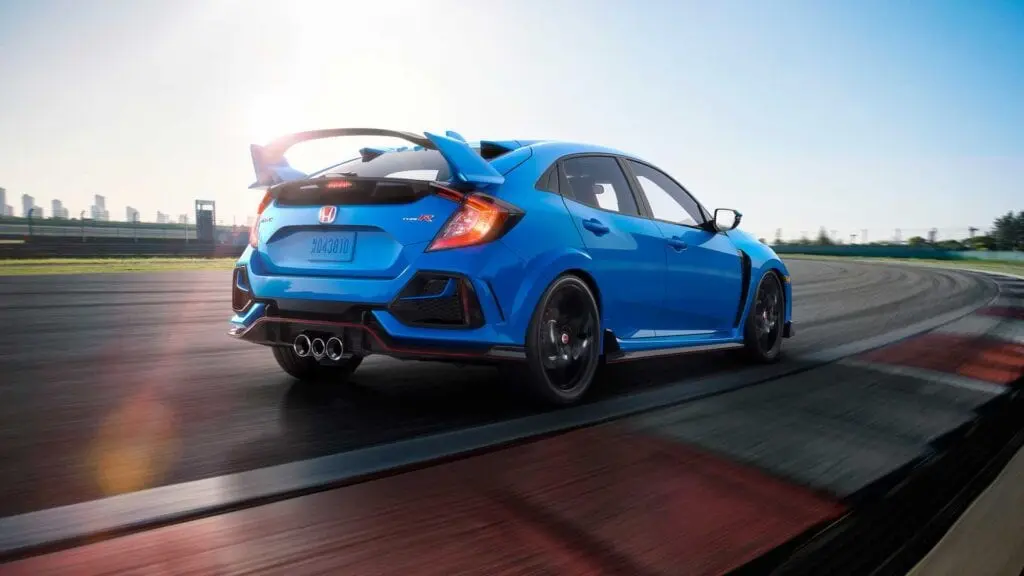
Honda has modified the software for this transmission specifically for Europe, simulating 7 individual gears, thus coming closer to classic automatic transmissions while significantly reducing the synthetic effect inherent in CVTs. The big unit definitely has something to brag about, and its lure blends in with the Civic's exterior.
It picks up speed with ease, and that's where its strength lies - the torque is maintained to much higher revs than rivals like the Hyundai i30 and VW Golf, and thus delivers such impressive power. In this way, Honda clearly demonstrates its technological potential and shows that it is truly an engineering company.
From this point of view, it can be assumed that the addition of new versions is unlikely to take place - after all, buyers of this car appreciate the authenticity of the brand and especially its transmission. On the other hand, an excellent 1.6 iDTEC turbodiesel with a capacity of 120 hp is provided, and, judging by the vision of the car, heavier artillery will probably come into play in the face of a version with two turbochargers and a power of 160 hp. - both options are combined with a nine-speed ZF transmission.
Unique brakes
On the other hand, it is the powerful 1,5-liter unit that unlocks the potential of the new multi-link rear suspension more, and in the higher versions the chassis has adaptive dampers with four-stage adjustment.
Combined with the front axle suspension, the Civic offers extremely balanced handling and dynamic and stable cornering, thanks in large part to variable speed steering with perfect feedback from a small steering wheel.
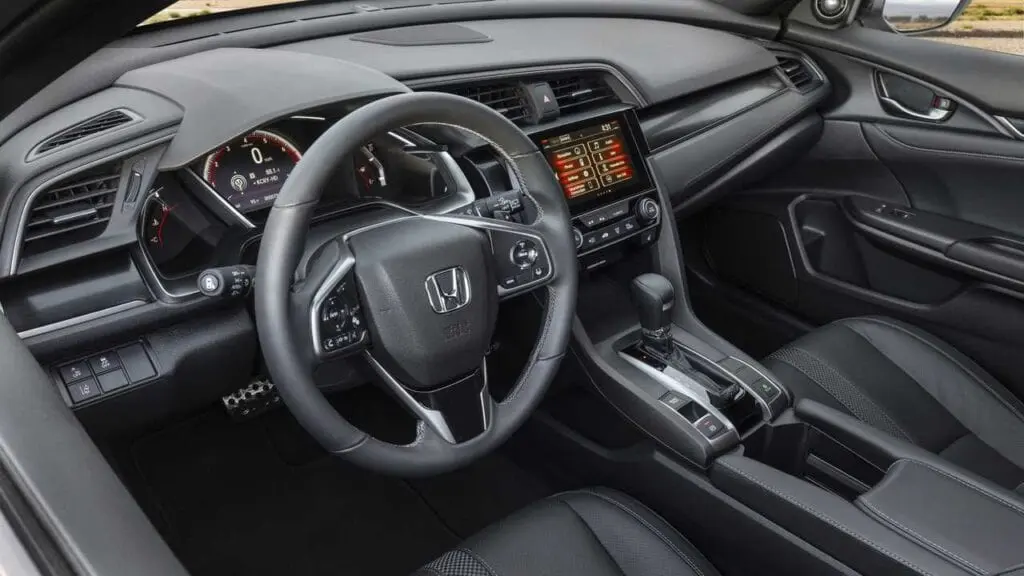
All this is complemented by a braking system that provides a braking distance of 33,3 meters at a speed of 100 km / h. For the same exercise, Golf needs an additional 3,4 meters.
Beauty may be more important than trunk size, but the Honda Civic somehow manages to get the job done. Despite the sophisticated rear suspension design, the compact model has one of the largest trunks in its class at 473 liters, 100 liters more than the Golf and Astra.
Unfortunately, the familiar Magic Seats, which can be folded down like in a movie theater, were removed because the designers decided to place the front seats lower, and the tank returned to the safest place - above the rear axle. And in the interior, you'll find a lot of Honda feel, both in the layout of the dash and in the overall quality of the UK-built model.
In front of the driver, there is a TFT screen with personalization options, and as standard all versions are equipped with the integrated Honda Sensing passive and active safety system, including multiple assistive systems based on cameras, radars and sensors.
Honda Connect, on the other hand, is standard equipment at all levels above S and Comfort and includes the ability to work with Apple CarPlay and Android Auto apps.

